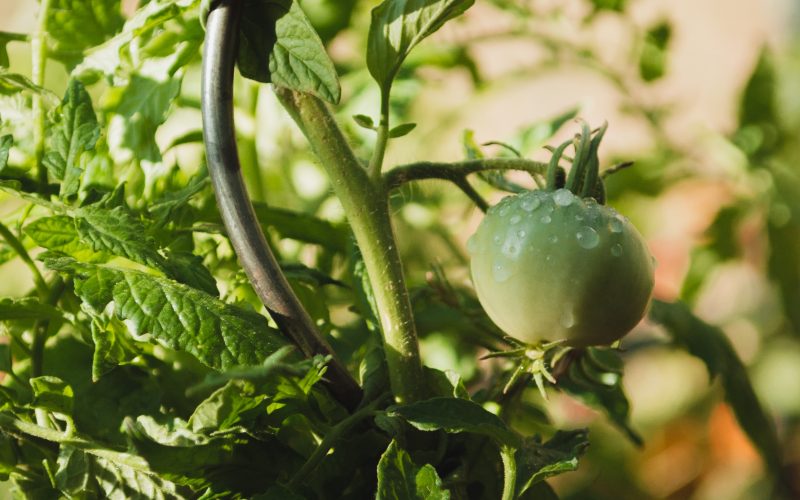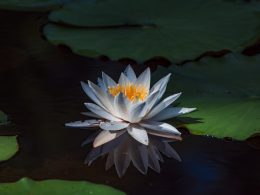Introduction
Edible landscaping is a growing trend in gardening and landscaping. It involves designing and planting a landscape that is not only beautiful but also productive. An edible landscape can provide fresh fruits, vegetables, herbs, and even edible flowers for your family’s consumption. In this article, we will explore the art and science of designing an edible landscape.
Designing an Edible Landscape
Designing an edible landscape requires careful planning and consideration. The first step is to assess your site’s conditions, including soil type, sun exposure, and water availability. This information will help you determine which plants will thrive in your landscape.
Next, consider the layout of your landscape. You can incorporate edible plants into your existing landscape or create a new design that focuses on edible plants. Consider the size and shape of your garden beds, the placement of paths and walkways, and the location of any structures, such as a patio or deck.
When selecting plants for your edible landscape, choose a variety of fruits, vegetables, herbs, and edible flowers. Consider the seasonality of the plants and plan for a continuous harvest throughout the growing season. You can also incorporate perennial plants, such as fruit trees and berry bushes, which will provide a long-term source of food.
Maintaining an Edible Landscape
Maintaining an edible landscape requires ongoing care and attention. Regular watering, fertilizing, and pruning are essential to ensure healthy plant growth and a bountiful harvest. You may also need to protect your plants from pests and diseases, using organic methods whenever possible.
Harvesting your crops is one of the most rewarding aspects of an edible landscape. Be sure to harvest your plants at the right time to ensure the best flavor and quality. You can also preserve your harvest by canning, freezing, or drying your fruits and vegetables.
Benefits of an Edible Landscape
An edible landscape offers many benefits beyond just providing fresh food for your family. It can also help reduce your carbon footprint by reducing the need for transportation of food from distant locations. It can also improve the health of your soil and attract beneficial insects and pollinators to your garden.
An edible landscape can also be a beautiful addition to your home’s landscape. By incorporating edible plants into your design, you can create a unique and visually appealing garden that is both functional and beautiful.
Conclusion
Designing an edible landscape requires a combination of art and science. By carefully selecting plants, considering the layout of your landscape, and providing ongoing care and attention, you can create a beautiful and productive garden that provides fresh food for your family. An edible landscape offers many benefits beyond just providing food, including reducing your carbon footprint and improving the health of your soil. So why not consider incorporating edible plants into your landscape design?












